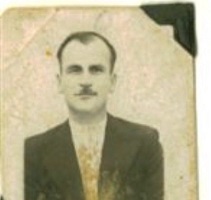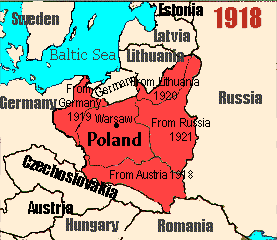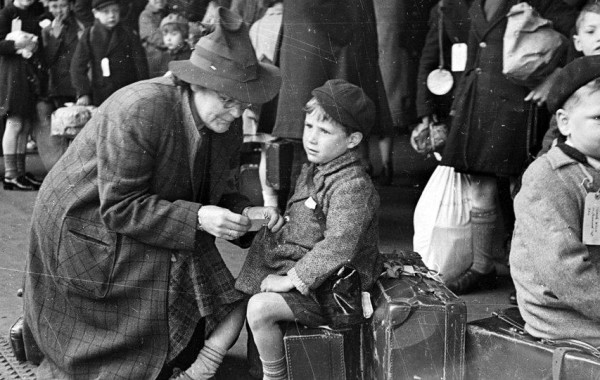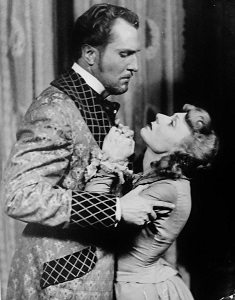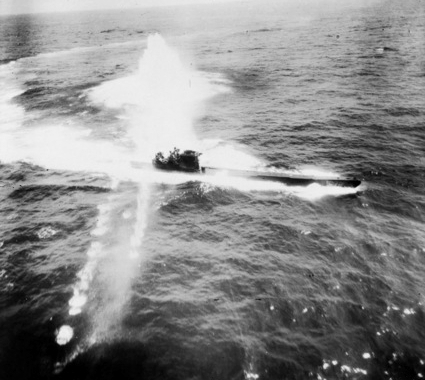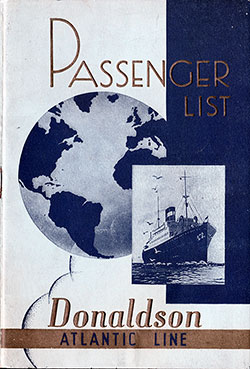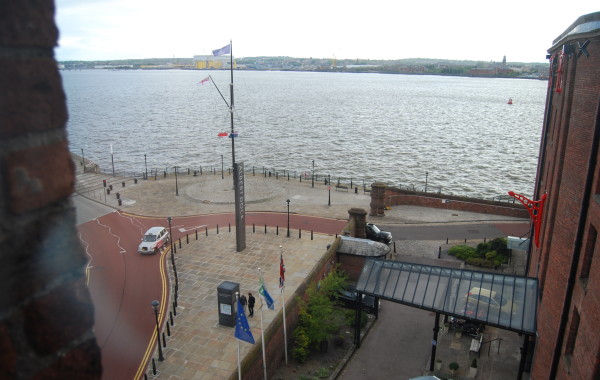Like many other families, the Kucharczuks suffered an agonizing wait to discover the fate of loved ones aboard the British passenger liner Athenia after it was torpedoed by a German submarine, Sept. 3, 1939. Five different ships were involved in the rescue operations and survivors were taken to three different ports. (See blog post “Spirydon Kucharczuk, Part 4;” March 1, 2016.)
Because more than 90 percent of the passenger and crew survived the attack, reports of tearful reunions filled newspapers in Britain, Canada and America for nearly two weeks as loved ones were reunited. Spirydon Kucharczuk (koo-HAR-chuck), who had saved his oldest daughter and was reunited with his oldest son in Glasgow, Scotland, waited several more days for word of the rest on his family. The news, when it came, was devastating. His wife Ewdokia, 40, sons Stefan, 15, and Jakeb, 2, and daughter Aleksandra, 8, did not survive a lifeboat accident. They were listed among the 112 people who died as a result of the U-boat attack.
After absorbing this unspeakable shock, Spirydon decided to continue with his original plan and immigrate to Canada. He obtained new travel documents and arrived in Canada in October, 1939, with his son Jan, 20, and daughter Neonela, 18. They spent the winter with Ewdokia’s sister and brother-in-law. In their newly adopted country they changed the spelling of their last name to Kucharchuk, dropping the “z,” and anglicized their first names: Spirydon to Steve, Jan to John, and Neonela to Nina.
The next year, Steve traveled west to Alberta Province to stay with his step-brother and look for suitable land for a farm. With loans from relatives and generous terms from the seller, he bought a parcel of land that had been homesteaded in 1912. Slowly over several years, they began to make the farm pay, but life wasn’t easy. Money was always tight and the Kucharchuks had to adjust to a new climate, new crops, new culture and a new language.
Nina married in 1941 and had two children over the next few years. But tragedy struck their family again in 1946 when Nina’s husband was killed in a truck accident. In January, 1948, Nina married Walter Chwedoruk and their marriage lasted until his death in 1998.
John Kucharchuk worked the family’s farm until 1946, when he purchased a sawmill that became the foundation of his successful business. When logging played out in one area, John moved the mill to another center of logging activity. In 1953, John married and moved to Edmonton, where the couple had two children.
Steve also married in 1953, sold his farm and moved to Edmonton. He loved visiting his grandchildren and often helped out on Nina and Walter’s farm. After his wife died in 1975, Steve lived alone until he became ill with cancer. Nina took him to her house, where he passed away in 1977. John died in 2008 and Nina died two years later.



